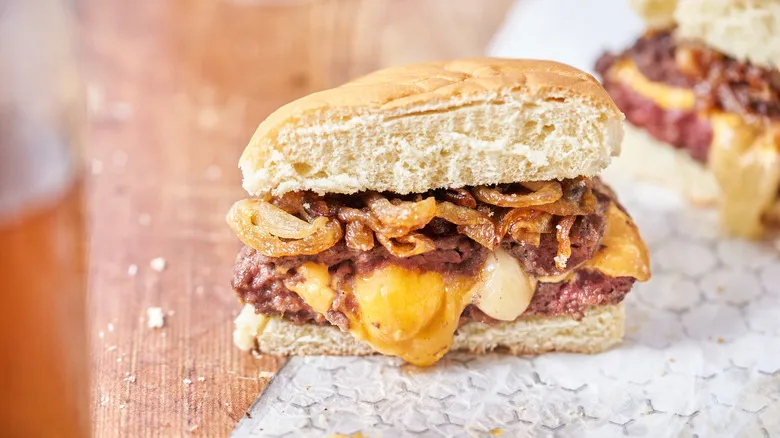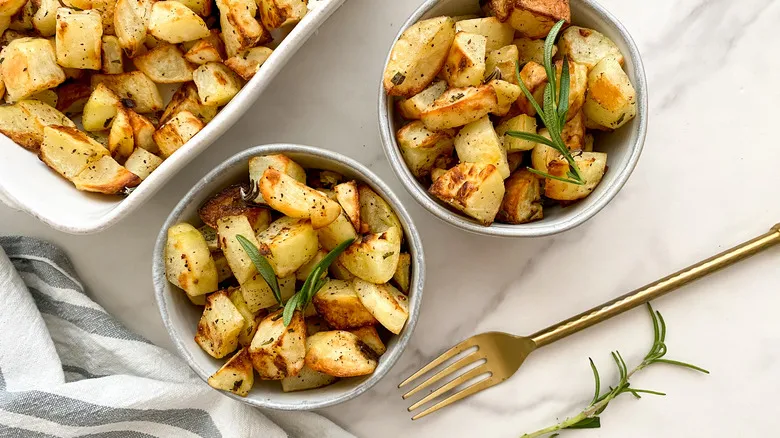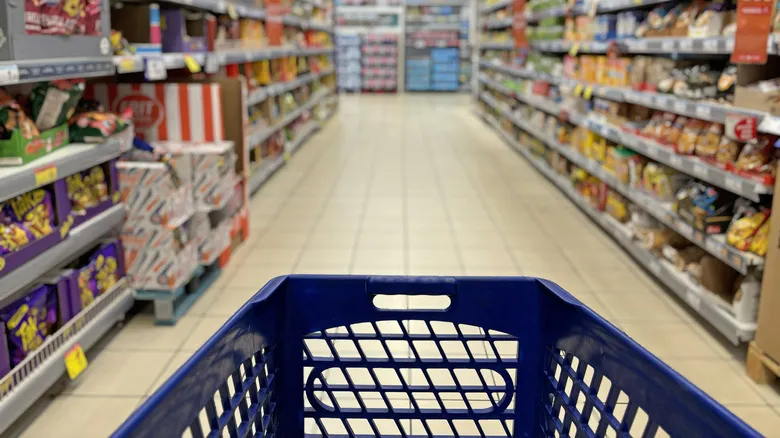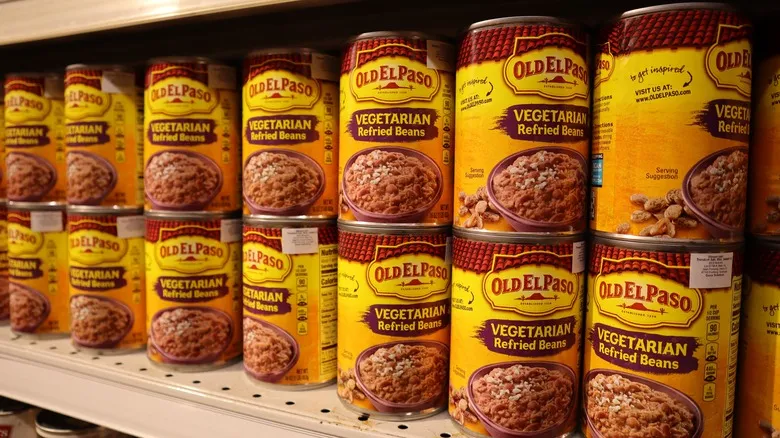How to mix up the perfect batter, according to Carla Hall
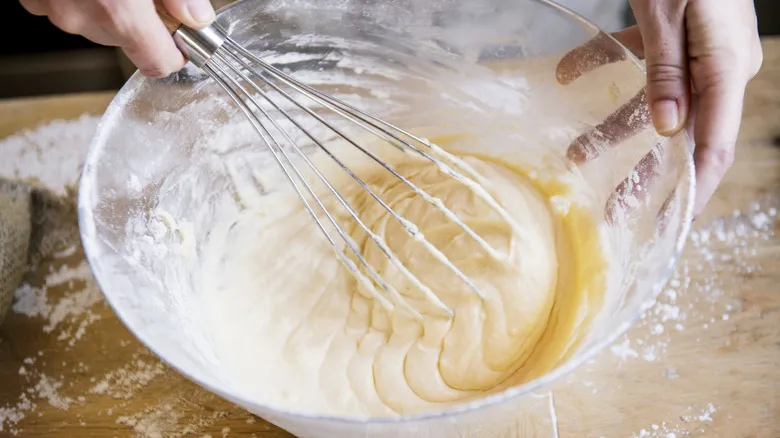
Overmixing your batter is a hidden danger that affects many, if not all, baked goods. Carla Hall recommends a simple solution: gently fold your mixture instead of beating it. To fold, use your spatula to carefully lift the batter from the bottom of the bowl and spoon it back over itself in a large circular motion. While folding may take a little extra time, the results will be worth it. The batter you pour into your baking dish will be surprisingly fluffy, resulting in a light and airy finished product.
Whether you’re folding or mixing gently, it can be tricky to determine when your batter is just right. If lumps aren’t the issue, how can you tell when it’s ready to bake? First, if your recipe calls for eggs, ensure there are no visible streaks of yolk or egg whites. Next, check that the sugars have dissolved as you move your spatula through the mixture (and remember to break up any clumps of brown sugar before adding it to the batter). Finally, carefully scrape the bottom and sides of your bowl to uncover any hidden pockets of flour. Once you can no longer see any flour, your batter is ready to go into the oven.
Recommended
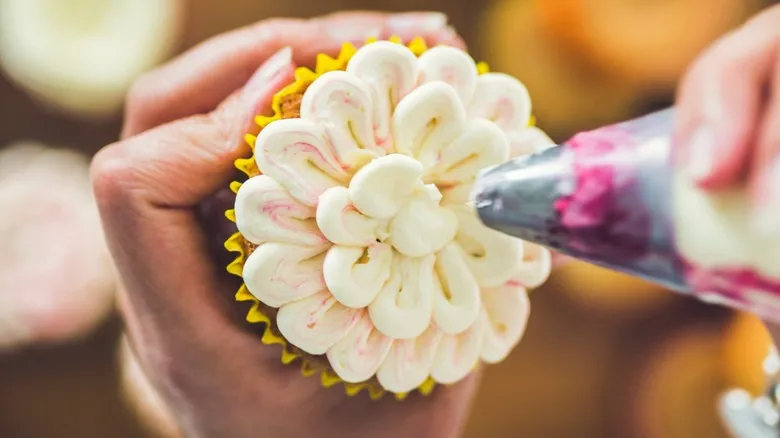
The Pantry Staple That Helps Stabilize Homemade Frosting

Christina Tosi's Rule Of Thumb For Adding Mix-Ins Into Cookie Dough
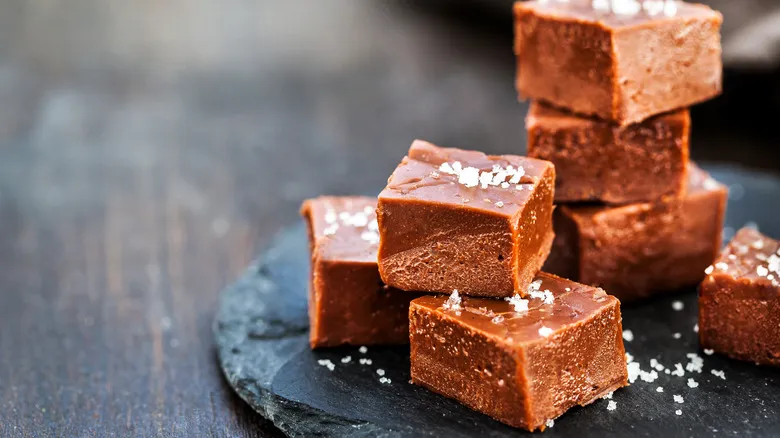
For Smoother And Creamier Fudge, Reach For One Unexpected Item
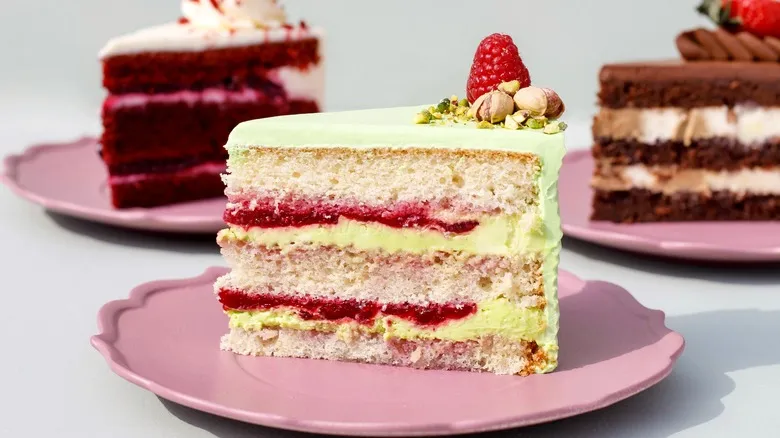
The Scientific Reason Why Your Favorite Soda Can Lead To A Fluffier Cake
Next up


